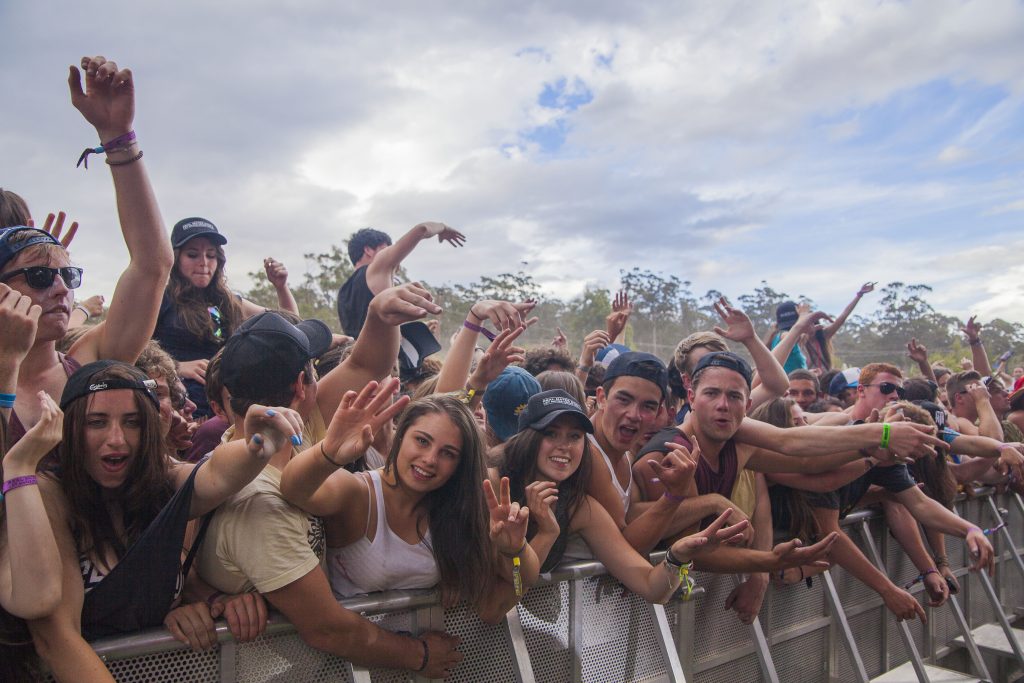Travelling the world is a lifelong dream for many university students. The headache of planning, stresses of packing and tearful goodbyes to family and friends are all worth it when you arrive at your destination. That is, if you can afford to travel.
With the soaring cost of living, bumped-up flight costs, that dream can get crushed with the reality. So, how can students afford to travel while expenses are rising?
La Trobe University law student Ruby Cleve is preparing to jet off as an exchange student at the University of Stirling in Scotland. Aside from the country’s rich history and medieval architecture, she chose to study in Scotland mostly because of her love for the Harry Potter films. With her three-month trip fast approaching, she’s been practicing her Scottish accent and is mentally preparing to stomach the national dish, haggis.
Working part-time as an optometrist receptionist and earning the national minimum wage, Cleve tells upstart that despite having a job, saving for her overseas trip has been tough.
“It’s hard to save money when I’m working such minimal hours,” she says. “And I find that I’m only working about two shifts a week and it’s not really enough for me to be saving up heaps of money for going away whilst also limiting my spending.”
Following the easing of restrictions post COVID, airlines hiked their prices to make back the money they lost during the pandemic. We are still feeling the negative effects from this today, with travel costs remaining high. Domestic flights have increased on average by 52 percent since May 2019.
According to the International Air Transport Association (IATA), the largest contributing factor to these soaring prices derives from Russia’s invasion of Ukraine mid last year. The conflict has resulted in the restriction of oil, diesel, and jet fuel exports. This is a huge blow to airlines as around 25 to 30 percent of their operating costs go towards jet fuel.
With all these factors in mind, airlines have no choice other than to increase their ticket prices.
La Trobe University Senior Learning Abroad Manager Ruth Delagas tells upstart that while students are eager to catch a flight, the cost is starting to bite.
“We had a situation where students really, really wanted to travel because they weren’t able to for such a long time, but then at the same time we had the cost of living as well,” she says.
Delagas says La Trobe is looking into ways in which they can support students financially so that overseas travel may become more accessible.
“La Trobe offers mobility grants to students. So that can be, depending on the individual circumstances of the students, … anywhere between a thousand dollars for a short program, up to $7,000 for a semester program,” she says.
According to recent findings from the Australian Bureau of Statistics, 40 percent of Australian university students have part time jobs, while 37 percent have full time jobs. With the help of grants and personal income, travelling the world as a student can be achievable. However, budgeting for activities and spending money is a lot harder than what student Ruby Cleve anticipated.
“It’s been a really big learning experience and I’ve definitely found it difficult to budget my money…when I arrive in Scotland it’ll definitely be a bit of a bit of a slap in the face,” she says.
“I need to limit myself”.
For law and criminology student Shani Jayasinghe, family drives her reasons for escaping to the subtropical humidity of Thailand. On her holiday she will spend two weeks at her auntie and uncle’s home, meaning the cost of accommodation, activities, and food will be non-existent. This will take a huge financial weight off her shoulders.
Jayasinghe tells upstart that the simple key to budgeting for her flights is avoiding buying little things that can actually stack up in terms of cost, like coffee.
“I always want to buy a little treat or a little drink, which is a really big problem which I have to stop doing,” she says. “And another thing is just, I don’t really go out much, but when I do it’s keeping those spending habits to a minimal.”
Photo: QANTAS by NAPARAZZI available HERE and used under a Creative Commons license. This image has not been modified.







